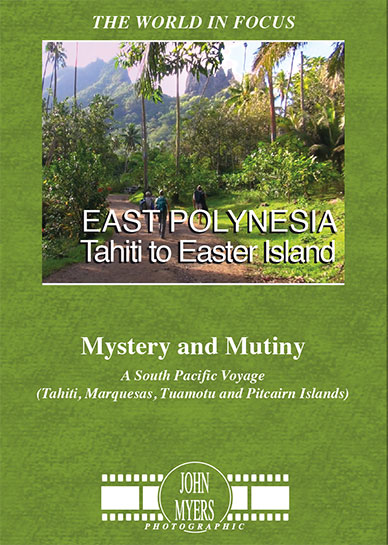Description
The name ‘Polynesia’ comes from the words ‘Poly’ (many) and ‘Nesos’ (islands. The term was originally copied by Charles de Brosses in 1976 and apples to all of the Pacific Ocean islands. Polynesia may be described to include the islands within a triangle, bounded by its corners at Hawaii, New Zealand and Easter Island. The Pacific Islands excluding New Zealand and Easter Island lie within the rainy tropics where there are no abrupt seasonal changes. There are coral and volcanic islands. On the coral atolls the soil is thin and sandy. Vegetation is sparse and consists of shrubs, small trees, grasses and coconuts. The indigenous people who inhabit these islands are known as Polynesians. They have very similar traits including language, family customs and beliefs. With the exception of New Zealand, most independent Polynesian islands derive much of their income from foreign aid. Some families encourage their young to travel abroad to earn good money, much of which is then remitted to their stay-at-home relatives. Many Polynesian islands are able to supplement their income from tourism.
We have produced two films covering some of the Polynesian islands and divided the area covered into a ‘West’ and an ‘East’ partition. In this second film, we start in Tahiti in the Society Island Group. This is followed by a zodiac landing on Rangiroa, the largest atoll in the Tuamotus. Rangiroa translates as ‘Vast Sky’. The Marquesas Islands, with their jagged peaks and fertile green valleys, hold many archaeological sites. We visit three of the islands, Nuku Hiva, Hiva Oa and Fatu Hiva before voyaging on to the eastern section of the Tuamotuas. Here we land on the sun-kissed islands of Puka Puka and Puka Rua. It is quite difficult to affect a landing on Pitcairn Island, due to the swell of the seas and the terrain of the island. However on this voyage we are successful. Many visitors meet some of the few descendants of the Bounty Mutineers and their Tahitian wives. From Henderson Island, we reach our final destination, the magnificent Easter Island, with its much theorized history of the building and purpose of the Moai statues. We hope that by watching this second video film, you will feel that you too have really journeyed amongst these sunny islands and have gained a flavour of the customs, culture and history of these Polynesian peoples. No matter which island we arrive at, we are offered a tremendous welcome, often involving an elaborate, well rehearsed musical dance performance. It all is really a memorable and unforgettable experience.
Running time is approximately 50 minutes.
Tags: Fiji, Tahiti, Wallis and Futuna, Samoa, Cook Islands, Aitutaki, Aitu, Society Islands, Bora Bora, South pacific Islands

